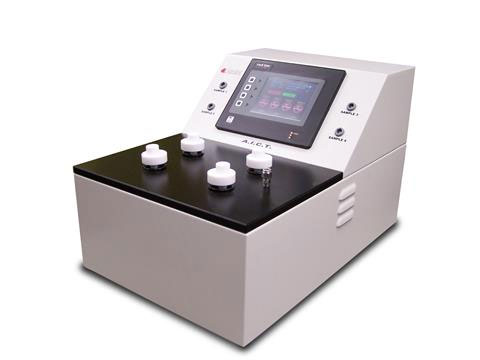Updates on the Dakota Access pipeline have been circulating around news recently- the most current documenting the active replenishment of oil to fill the reservoir underneath the Missouri River in North Dakota in preparation for operation. The announcement arriving late in March bodes a significant sign of progress for the pipeline that?s expected to transport crude oil over a stretch of 2,000 miles, from South Dakota to Iowa- a project that has been dealt fierce criticism, including ongoing organized protests and a series of delays as a result.
The most common cause for concern for the general use of pipelines is the potential threat it presents on environmental preservation in the face of failure. With an extensive history of oil spills, the past raises projections of potential disaster, provoking widespread opposition towards the otherwise lucrative practice.
In a means of prevention and assurance, pipeline project leaders and engineers responsibly implement regulations to properly monitor and diagnose any developmental anomalies with innate abilities to threaten the line?s overall structural integrity. When placing oil spills and leaks under a critical lens, analysts often raise the question of pipeline?s age as being the primary reason for failure. It?s important to note that initial scapegoats are only considered speculation with the actual causes being incredibly difficult to track down, even after thorough investigations.
While ?old age? is a broad explanation, it still umbrellas a variety of theoretical root causes; the most prominent being corrosion. Typically, in crude or impure oil, there?s a presence of corrosive elements that- when highly concentrated- have been proven to accelerate the deterioration of the pipeline from the inside, out. The presence of water molecules, specifically, is really what highlights the dangers of the crude oil?s muddled composition.
While corrosivity testing is currently exercised by utilizing the National Association of Corrosion Engineers (NACE) TM0172 test unit, it possesses a number of inconvenient qualities. The NACE TM0172 demands a 300mL sample and takes 4 hours to provide experts with a specimen?s crucial pass/fail results. As a result, key refineries across the United States were left desiring a method with a faster turnaround.
After working in tandem with oil industry leaders to address their request, Koehler Instrument Company successfully developed an innovative solution that specifically targeted the avoidance of corrosion occurring in pipelines. The Accelerated Iron Corrosion Tester (model K30260/K30269) is the result of years of research in the lab, spanning a series of extensive trial and error experiments to improve upon the speed, reliability, and overall efficiency of the NACE TM0172. The K30260/K30269 follows ASTM Standard D7548 (Standard Test Method for Determination of Accelerated Iron Corrosion in Petroleum Products) and only requires an hour to test a much smaller, 50 mL sample, making it possible to generate 32 test results per 8 hour shift.
A polished iron corrosion test-rod is immersed in the 50mL sample being tested and heated to 37.8°C (100?F). Additionally, 5mL of reagent water- Type III or better- is also injected. The unit?s temperature control idles between 37 ? 39°C (98 to 102?F), keeping the target 37.8°C (100?F) in focus. This heating period lasts for 1 hour. Once concluded, the test-rod is then removed, rinsed, and analyzed for the degree/category of corrosion taking place. The results are finally compared to the ?ASTM Iron Corrosion Rating Chart,? a supplement for Test Method D7548.
After years of comparative testing, the K30260 has been proven to be an adequate replacement for the TM0172. The instrument?s meticulous design allows for it to test various petroleum products and their corrosive characteristics, thus effectively eliminating or minimizing the degradation of a pipeline?s integrity over time.
Request Quote

